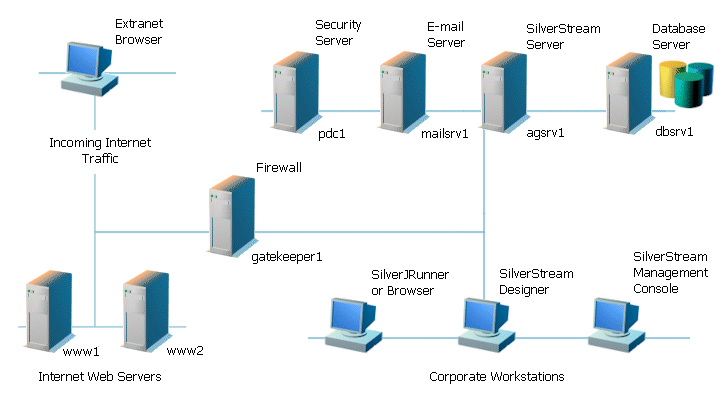Understanding How the Internet Works
The Internet is a global network of physical cables that allows computers to exchange information quickly. Data is sent over these wires as pulses of electricity or light, known as bits.
The Internet makes many of our daily tasks simpler, such as paying bills and ordering products. Furthermore, it provides entertainment through videos and music streaming.
It is a global network of physical cables
The Internet is a global network of physical cables connecting computers, servers, phones, and smart devices worldwide. It utilizes protocols that facilitate fast exchange of information and files as well as services like emailing, video streaming and websites.
To make the Internet work, devices and networks must first be linked together either physically (using Ethernet cables) or wirelessly (through WiFi systems). Once linked, information is divided into packets that are sent across using routers – special computer programs which forward them from source to destination containing additional metadata that identifies their source and destination.
When packets reach their destinations, they don’t always arrive in the order that they were sent due to design features of the Internet created during the Cold War by the US government; specifically designed to withstand nuclear strikes by sending packets in various directions and continuing functioning even if a large chunk is destroyed by such attacks.
It is a global network of computers
The Internet is the physical infrastructure that connects all computers worldwide, serving as the backbone of the World Wide Web and making browsing possible. Without it, we wouldn’t be able to surf or access online services such as email. Comprised of various layers of communication protocols – from those for sending packets between networks (TCP) to formatting data for websites (HTTP) – without it we couldn’t enjoy surfing the Web or access online services such as email.
The internet operates by breaking information up into discrete packets that travel over wires and cables before being directed by routers to their respective destinations – this process typically takes less than one second, with packets arriving in their proper places in due time.
Internet hardware includes everything from computers and smartphones to the cables that carry data. Furthermore, all devices on the Internet must comply with network protocols – rules all devices must abide by when connecting and exchanging information – in order to transform legible, alphabetic text into electronic signals that travel across the web, before reconverting back to legible text at its destination.
It is a global network of servers
The Internet is a global network of servers that allow computers to communicate. The World Wide Web runs on top of this infrastructure and utilizes Hypertext Transfer Protocol (HTTP) for information exchange. Access is available worldwide – whether people access it using their own computers or via public ones provided by an Internet Service Provider (ISP).
ARPANET was initially created by ARPA, an arm of the United States government, in 1969 as an attempt to enable researchers at one institution to exchange information among their respective research computers and those at other institutions.
The Internet consists of two components, network protocols and hardware. Network protocols like Ethernet and IP provide rules that machines must abide by to exchange information, while physical lines like routers and switches help carry this data across.
It is a global network of websites
While most people associate the Internet with web pages and search, it also enables people to connect in ways never before possible, forming communities based on interests rather than work, family or location – this phenomenon being especially noticeable in regions where Internet use is prevalent.
Internet has quickly become the go-to source of information. Most information stored online is housed on servers using Hypertext Transfer Protocol (HTTP) to connect to browsers and other servers – these servers also allow web pages to be built quickly on demand.
Many websites feature hyperlinks that allow for instantaneous cross-reference. These hyperlinks, highlighted with different colors or underlined text, can be clicked to move you directly to their corresponding website or page. This process takes less than a second; your computer sends a request to its DNS server for the IP address of the desired domain name; once received it splits the request into small packets with their return addresses attached and sends these packets along your router network until reaching their server where your website resides.

